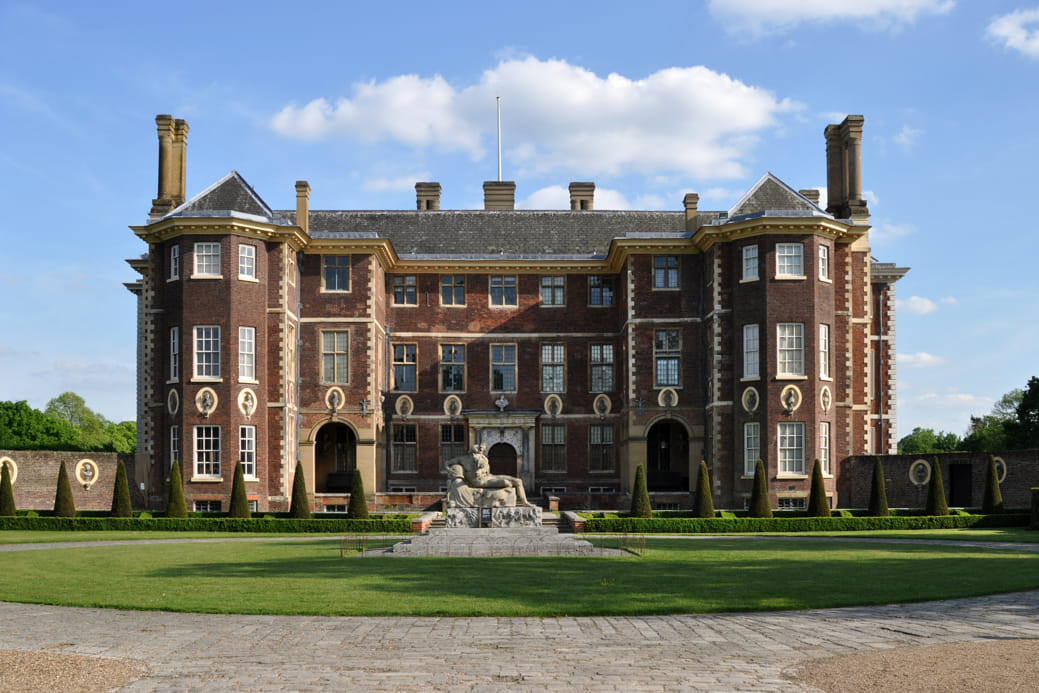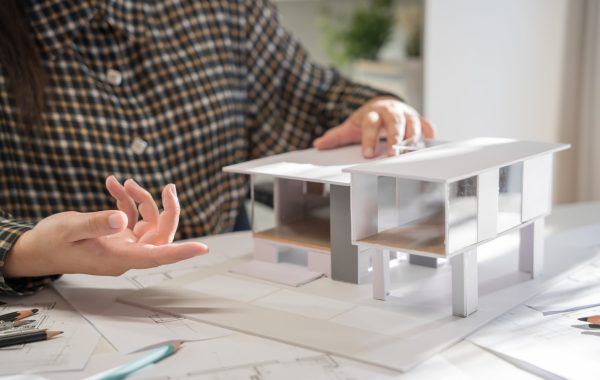Structural Calculations in Richmond Petersham: A Detailed Exploration
Richmond Petersham, nestled along the picturesque Thames River, is a delightful blend of natural beauty and architectural heritage. The area boasts an array of properties, from charming Georgian houses to modern eco-friendly designs, each presenting unique challenges and opportunities for structural integrity. This article delves into the essential role of structural calculations in ensuring that the architectural dreams of Richmond Petersham residents stand firm against the tests of time and nature.
The Essence of Structural Calculations
At its core, structural calculations serve as the backbone of any construction project. These calculations evaluate the various forces that a structure will encounter throughout its lifecycle, ensuring that it can withstand both static and dynamic loads. In Richmond Petersham, where diverse architectural styles meet specific environmental challenges, precise structural calculations are indispensable.
Why Structural Calculations Matter
Foundation of Safety: Safety is paramount in construction. Structural calculations help engineers predict how buildings will react to loads, be they from occupants, furniture, or natural elements like wind and snow. This foresight is critical for preventing catastrophic failures.
Historical Preservation: Richmond Petersham is known for its rich history. Many structures require renovations or extensions that respect the existing architecture while ensuring modern safety standards. Structural calculations help preserve the character of these historical buildings without compromising their integrity.
Adaptability to Local Conditions: The geographical features of Richmond Petersham, such as its riverbanks and hilly terrain, demand specialized calculations to address local conditions. For example, the proximity to water bodies can introduce unique loading scenarios that must be carefully evaluated.
Sustainable Building Practices: As sustainability becomes a driving force in construction, structural calculations aid in optimizing material usage, reducing waste, and enhancing energy efficiency. This is especially vital in Richmond Petersham, where there’s a growing emphasis on eco-friendly building solutions.
Key Influencers of Structural Calculations in Richmond Petersham
1. Geotechnical Factors
Richmond Petersham’s landscape includes diverse soil types, each with its own load-bearing capabilities. Engineers must conduct geotechnical surveys to understand soil composition, moisture levels, and potential settlement issues. For instance, clay-rich soils may require deeper foundations or special treatments to mitigate settlement risks.
2. Dynamic Environmental Loads
The area’s proximity to the River Thames subjects buildings to various environmental forces, including:
- Hydraulic Loads: Structures near water may experience hydrostatic pressure, particularly during flooding. Calculating these loads ensures proper design of foundations and retaining walls.
- Wind Loads: Given Richmond Petersham’s elevated locations, structures must be designed to withstand wind forces, particularly for taller buildings. Engineers assess wind patterns and pressures to determine appropriate bracing and support systems.
- Seismic Considerations: Although Richmond Petersham is not in a high-seismic zone, occasional tremors may occur. Engineers must account for these forces, particularly in the design of more significant structures.
3. Material Selection
Material properties play a crucial role in structural calculations. In Richmond Petersham, a variety of materials are used, from traditional timber and brick to modern steel and reinforced concrete. Each material has distinct properties that affect load distribution and overall stability. Understanding these nuances allows engineers to select the most suitable materials for each project.
4. Architectural Vision
The creative vision of architects directly impacts structural calculations. Unique architectural features such as cantilevers, vaulted ceilings, and open-plan layouts present specific challenges. Structural engineers work closely with architects to ensure that the design is not only aesthetically pleasing but also structurally sound.
The Process of Conducting Structural Calculations
Engaging in structural calculations is a systematic process that involves several essential steps:
1. Data Collection
The first step involves gathering all relevant data, including architectural drawings, site plans, and historical information about the property. This foundational data sets the stage for effective calculations.
2. Load Estimation
Engineers begin by estimating the various loads that the structure will experience. This includes live loads (occupants and furniture), dead loads (permanent fixtures), and environmental loads. Richmond Petersham’s unique context may require adjustments to typical load assumptions.
3. Modeling the Structure
Using advanced software tools, engineers create a digital model of the structure. This model allows for simulations of how the building will respond to different loads and forces, enabling the identification of potential weaknesses in the design.
4. Performing Calculations
Engineers conduct detailed calculations based on the loads and structural model. They assess member sizes, connections, and overall stability, ensuring that every component of the building can safely bear the expected loads.
5. Validation and Review
Before finalizing the calculations, a rigorous validation process occurs. This may involve peer reviews and compliance checks to ensure adherence to local building codes and regulations in Richmond Petersham.
6. Documentation and Reporting
Final documentation includes comprehensive reports and drawings that outline the structural calculations and design decisions. This documentation is essential for obtaining necessary approvals from local authorities and serves as a guide for contractors during construction.
Collaborating with Structural Engineers
To navigate the complexities of structural calculations effectively, collaborating with experienced structural engineers is paramount. When selecting a structural engineer in Richmond Petersham, consider the following criteria:
- Local Expertise: Look for engineers who understand the unique challenges posed by Richmond Petersham’s geography and architecture.
- Reputation for Innovation: Choose engineers known for creative problem-solving and innovative approaches to structural design.
- Effective Communication: Strong communication skills facilitate a collaborative approach, ensuring that all stakeholders remain informed and engaged throughout the project.
Conclusion
Structural calculations are not merely a formality; they are the cornerstone of safe and durable construction in Richmond Petersham. By understanding the intricacies involved in these calculations, homeowners, builders, and developers can ensure that their projects reflect the area’s architectural heritage while meeting modern safety standards. With a focus on safety, sustainability, and innovation, structural calculations will continue to play a pivotal role in shaping the built environment of Richmond Petersham for years to come. Whether you’re embarking on a new construction project or renovating an existing structure, prioritizing precise structural calculations will lead to lasting success and harmony with the stunning landscape of Richmond Petersham.





